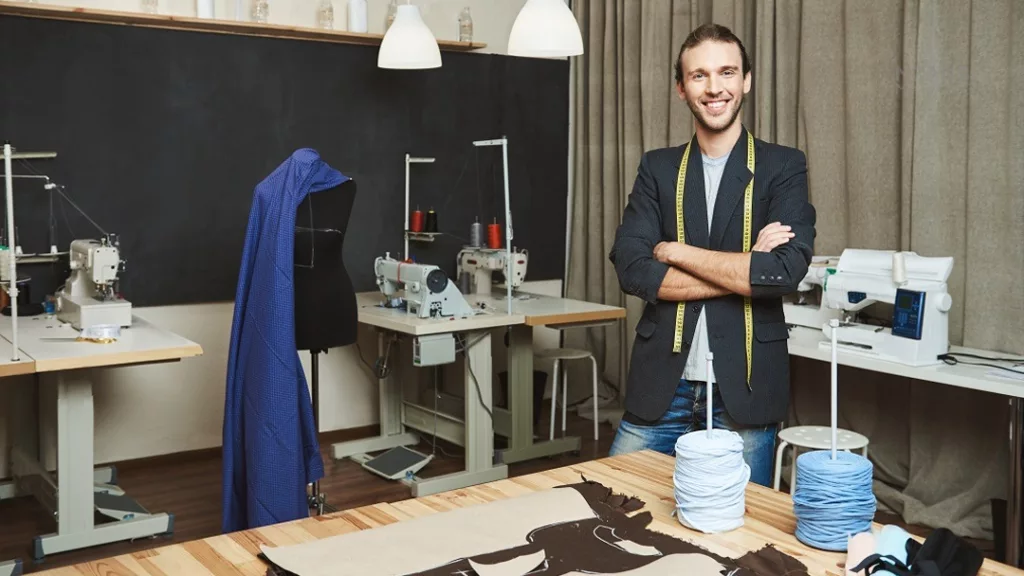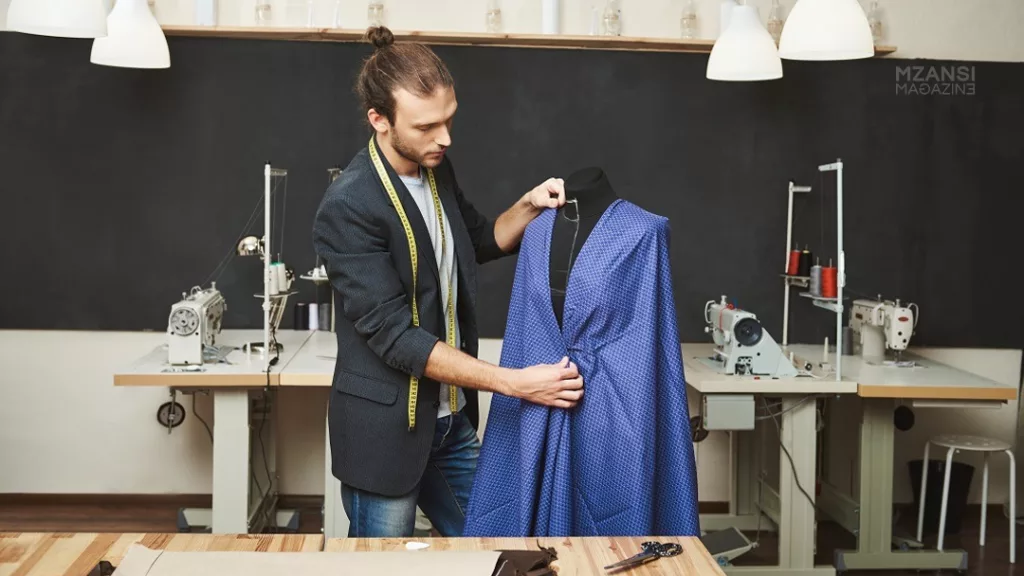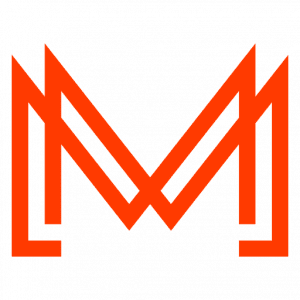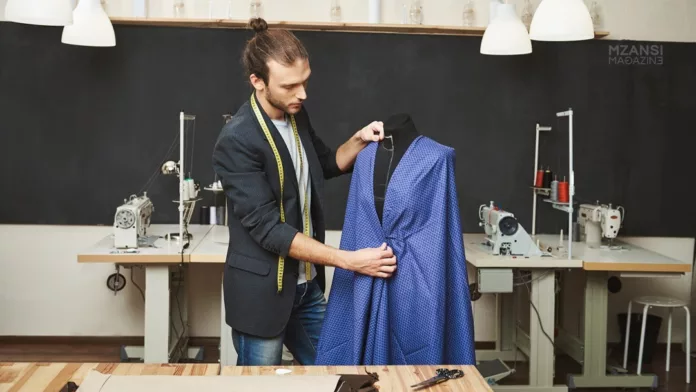From Fabric to Fortune: Start a Sewing Business Success in South Africa
South Africa’s vibrant textile scene presents a golden opportunity for passionate sewers to transform their craft into thriving businesses. Whether you dream of bespoke bridal gowns or eco-conscious homewares, launching your sewing venture can be personally rewarding and financially fruitful. But navigating the journey from hobbyist to established entrepreneur requires more than just a trusty needle and thread. Here’s a comprehensive roadmap from the initial stitch to building a sustainable sewing business in the South African landscape.
Table of Contents
Crafting Your Vision
After you clearly understand your niche, the next step is to create a detailed business plan. A comprehensive business plan should encompass your business objectives, target audience, pricing strategy, marketing plan, and financial projections. A well-structured business plan will aid in obtaining funding, bringing in investors, and keeping your business on track as it expands.
- Sharpening Your Skills: Before setting up shop, ensure your sewing chops are razor-sharp. Invest in professional courses, join local workshops, or seek mentorship from seasoned sewers. The better your technique, the higher the quality of your products, and the stronger your customer satisfaction.
- Finding Your Niche: South Africa’s diverse markets offer many possibilities. Will you cater to the bespoke clothing desires of fashion-forward urbanites, stitch playful creations for the burgeoning kids’ wear market, or breathe new life into forgotten fabrics through upcycling? Identifying your niche allows you to effectively target your audience and tailor your offerings to their needs.

Laying the Foundation
Before commencing your sewing business, you must register it with the South African Revenue Service (SARS) and the Companies and Intellectual Property Commission (CIPC). It is recommended to initiate this process promptly as it can be time-consuming. Therefore, it is essential to start early. By registering with SARS, you will comply with the tax obligations and other legal requirements. Simultaneously, registering with CIPC will provide your business with legal protection and intellectual property rights. Adequate preparation and timely action in this regard will promote the legality and legitimacy of your sewing enterprise.
- Mapping Your Course: A well-crafted business plan is your North Star, guiding you through the entrepreneurial wilderness. This roadmap should outline your goals, target market, marketing strategy, and financial projections. It helps you secure funding, avoid detours, and focus on your destination – a thriving sewing business.
- Formalising Your Existence: Choose a suitable business structure (sole proprietorship, partnership, etc.) and register with the Companies and Intellectual Property Commission (CIPC) and South African Revenue Service (SARS). Remember, operating through the proper channels ensures legitimacy and fosters trust with customers and potential collaborators.
- Equipping Your Atelier: Quality tools are an artist’s best friend, and for a sewing entrepreneur, that means investing in reliable equipment. A sturdy sewing machine, a versatile serger, a spacious cutting table, and essential tools are your initial must-haves. Consider sourcing your fabrics locally to support South African textile producers and add a touch of ethical flair to your brand.
Cultivating Your Brand Identity
To run a successful sewing business, you must have a dedicated workspace that provides adequate lighting, storage, and equipment. To get started, you’ll need to invest in a sewing machine, serger, iron, cutting table, and various tools and supplies. Additionally, if you plan to hire employees, you must ensure that your workspace meets all health and safety regulations. Take your time with these essential requirements if you want your business to thrive.
- Weaving a Compelling Narrative: A captivating brand identity is more than a logo and a name. It’s the voice of your business, the story you tell your audience. Craft a unique brand message that resonates with your target market, highlighting your values, niche, and what makes your creations stand out.
- Building Your Online Fabric: A solid online presence is essential for any burgeoning business in today’s digital age. Create a professional website showcasing your work in high-quality photographs and engaging descriptions. Leverage social media platforms like Instagram, Facebook, and Etsy to connect directly with customers, build a community around your brand, and spread the word about your creations.
Expanding Your Reach
To run a successful sewing business, it is essential to source high-quality materials. You can start by looking for local suppliers who can provide you with fabrics, notions, and other materials. Additionally, consider importing materials from other countries to take advantage of a broader range of options.
You can begin developing your products once you have your workspace and materials. This process may involve creating prototypes, testing different fabrics and designs, and refining your techniques. Maintaining detailed records of your designs and processes for quality control and future production is essential.
- Taking Your Creations to the Market: Don’t let your beautiful garments gather dust in the corner of your atelier. Participate in vibrant craft markets and local fairs. These events offer a platform to directly connect with potential customers, receive valuable feedback, and build brand awareness.
- Collaborating with Textile Champions: Partner with local fabric stores, boutiques, or online platforms to expand your reach and gain exposure. These collaborations can open doors to new customer segments, cross-promote your products, and create mutually beneficial partnerships.
- Becoming a Master Tailor: Offer bespoke services to cater to individual needs. Whether crafting dream wedding gowns, altering garments for a perfect fit, or repairing cherished pieces, personalised services generate income, foster customer loyalty, and build word-of-mouth recommendations.

Weaving a Sustainable Future
Marketing plays a crucial role in attracting customers and building your brand. Setting up a website or social media account to showcase your products and reach potential customers is worth it. Attending local markets, fairs, or trade shows can help you network with other business owners and potential customers.
- Embracing the Green Thread: Sustainability is no longer a fad; it’s a fundamental shift in consumer values. Consider incorporating eco-friendly fabrics, upcycled materials, and environmentally conscious production practices into your business. This aligns your brand with a growing market segment and showcases your commitment to ethical practices.
- Technologically-Enhanced Stitches: From design tools and marketing platforms to e-commerce solutions, technology offers a wealth of resources to streamline your operations and reach a wider audience. Explore digital tools that complement your skills and workflow, allowing you to focus on your creative magic while automating administrative tasks.
- Sharing Your Sewing Wisdom: Consider offering workshops or classes to aspiring sewers as your expertise grows. This not only generates additional income but also strengthens your brand’s reputation as a leader in the local sewing community.
Managing your finances is absolutely critical for the success of your sewing business. You must keep a close eye on your expenses, set prices that cover all your costs, and manage cash flow flawlessly to ensure you can pay all your bills and invest in future growth. I strongly recommend working with an experienced accountant or financial advisor to manage your finances confidently.
As your sewing business grows, don’t hesitate to expand your range of products, hire new employees, or even open a physical store. Always stay true to your business plan and regularly review it to ensure you’re on track with your goals and making steady progress towards your long-term vision. With hard work and determination, you can confidently take your sewing business to new heights of success.
Conclusion
Starting a sewing business in South Africa requires careful planning, dedication, and a passion for creativity. This comprehensive guide will equip you with the knowledge and insights to navigate the challenges and build a successful and sustainable sewing business.

Frequently Asked Questions
How much money is needed to start a sewing business? The amount of money needed can vary depending on the size and location of your venture. A small home-based setup might require as little as R10,000, while a more extensive commercial operation could need upwards of R100,000.
How can I market my sewing business online? Start using social media platforms, creating a user-friendly website, and utilising online marketplaces. Engage with your audience through visually appealing content, and consider collaborating with influencers.
What legal requirements do I need to know when starting a sewing business? Ensure you comply with local regulations by obtaining the necessary permits and licenses. Familiarise yourself with tax obligations and any specific industry regulations governing the production and sale of textiles.
How can I differentiate my sewing business from competitors? Offer distinctive designs, exceptional quality, or personalised services to develop a unique selling proposition (USP). Emphasise your brand’s story and values to create a memorable and differentiated customer experience.
What common mistakes should I avoid in the sewing business? Refrain from underpricing, neglecting quality control, or conducting insufficient market research. Stay adaptable to industry trends and invest in learning and improvement.
Are there funding options available for small sewing businesses? Explore government grants, small business loans, and entrepreneurship support programs. Local business associations and financial institutions may also offer funding opportunities for small enterprises.
Building a thriving sewing business is a marathon, not a sprint. Persistence, adaptability, and a sprinkle of entrepreneurial spirit are essential for stitching your path to success. By honing your skills, crafting a compelling brand, and strategically.

